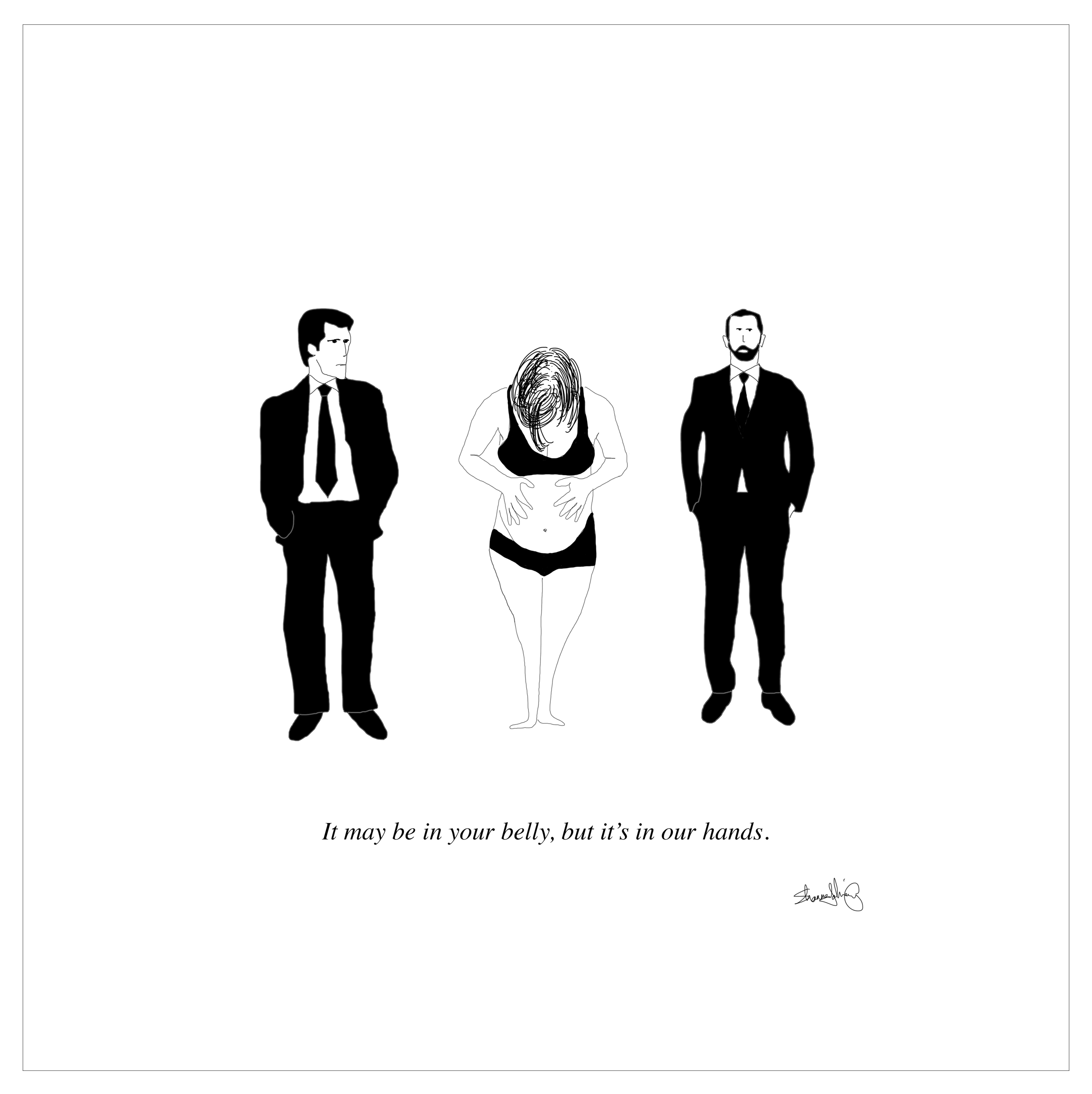
Hulu’s “The Handmaid’s Tale” is just as chilling and unrelenting as it should be. Although never gratuitous in its scenes depicting murder, mutilation, and government-sanctioned rape, the effects of these acts are present and felt in every frame of the first three episodes released on April 26, 2017. (New episodes will be released every Wednesday until the end of the season.)
In the first scene of the premiere episode, a black man is shot by a militarized police force while trying to escape with his family to Canada. It happens off-screen, but the violence of the moment is punctuated by the sound of not one or two, but three gunshots. The cadence suggests that not all of them were necessary. His wife and child try to flee but are captured.
This is just the beginning of what is an all too real representation of a very possible not-too-distant future. I say “all too real,” because this first image isn’t something I’d be surprised by if it were shown on the news. The show establishes only a thin veil of separation between our own world and the world the protagonists end up in.
This veil comes in the form of the catalyst for the dystopian future of “The Handmaid’s Tale.” In the show’s 2015, infertility levels in women have fallen so drastically due to pollution, any child that is born and lives is considered a miracle. Over the course of several years, the United States government is taken over by a militarized totalitarian theocracy after a series of attacks blamed on Islamic terrorists in D.C. Slowly, then all at once, this new government strips away the rights of women and establishes Gilead.
By 2023, Offred née June, our protagonist (played skillfully by Elisabeth Moss), is a handmaid: a “walking womb” for a wealthy commander and his barren wife. The opening scene, it turns out, was merely her flashback. She explains in voiceover that the contents of her room in this family’s house are designed so that she can’t make any attempts to escape through suicide.
Aside from this exposition, Offred’s voiceover is used primarily to reveal the complexity of living in Gilead. Outwardly, Offred does her best to follow the rules and not draw any attention to herself; inwardly, she questions, talks back, and curses. She’s wickedly funny, but it hurts to laugh when everything else in the show makes it hard to breathe.
In one particular flashback to Offred’s time being trained as a handmaid at The Red Center (officially named The Rachel and Leah Center from the biblical story), Aunt Lydia, played by a remarkable Ann Dowd, assures the girls, “Ordinary is what you are used to. This may not seem ordinary to you now, but after a time it will. It will become ordinary.”
It’s moments like these — this one pulled directly from Margaret Atwood’s 1985 book of the same name — that tighten their grip and won’t let go.
In fact, it’s astonishing how closely the show follows the book. Almost nothing needed updating to make us believe, 30 years later, that this is a real possibility. In one flashback, Offred’s friend Moira (Samira Wiley) complains about Uber. Other handmaids, Ofglen née Emily (Alexis Bledel) and Janine (Madeline Brewer), are given fuller backstories as is allowed by a television series. These additions and slight changes up the realism (“fuckin’ Uber”) and expand the scope of the world of Gilead.
Even more striking than these differences are the similarities between descriptions in the book and the visual language of the show. Early in the book, Offred describes the experience of walking down the stairs from her room in the morning where there is a mirror. This makes it impossible for her to avoid seeing herself all in red and bonneted. Although the sequence is silent on the show, it happens. Aided by the performance of Moss, the scene from the book is reproduced visually perfectly.
Fans of the book will appreciate this level of attention, and so will those audience members less familiar with the story. The costume design alone could fill another article if not three or four more. The cinematography is nothing short of stunning. None of this is distracting from the true horror of the story.
And let me reiterate: it is horrifying. Anything less would have been a disservice to the original text and to us, the viewers. Nevertheless, it’s best enjoyed with someone you trust, some comfort food, and water. “The Handmaid’s Tale” always feels just one step away; all our world needs to become one like Gilead is a catalyst and enough people to believe, at the first signs, that it’ll all blow over.







